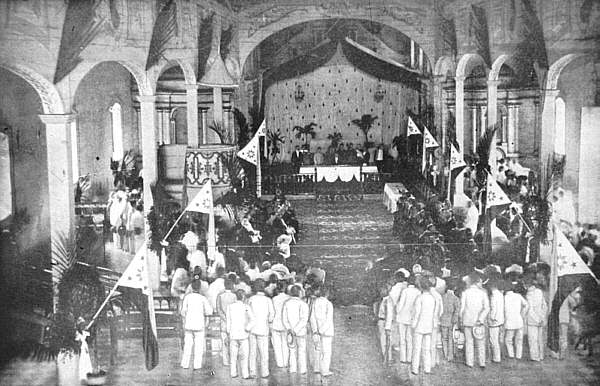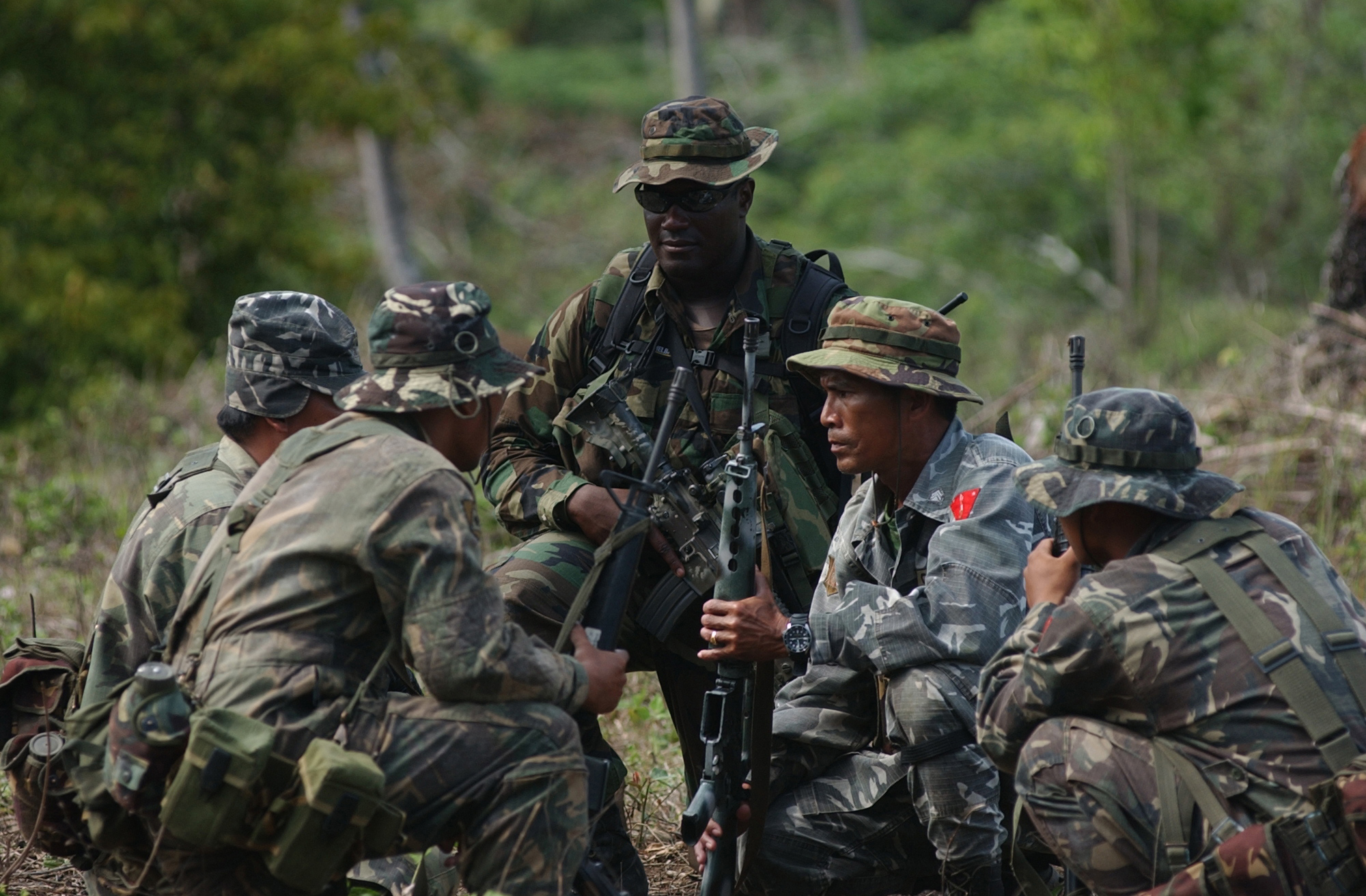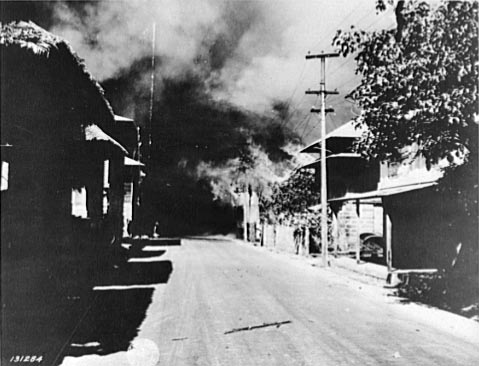|
MasterChef Pinoy Edition
''MasterChef Pinoy Edition'' is the Philippine version of the British reality competitive cooking series, ''MasterChef''. The show first aired on ABS-CBN last November 12, 2012. The show is hosted by Judy Ann Santos-Agoncillo. Santos-Agoncillo is also joined by Chefs Fernando Aracama, Rolando Laudico and JP Anglo as the judges of the show. Overview The series is part of the ''MasterChef'' franchise and is based on a similar competition format in the United Kingdom entitled ''MasterChef''. Format Of all the amateur chefs who audition nationwide, the chosen auditionees, usually three to four auditionees per episode, need to cook their signature dish under a 60-minute time limit for the four judges. Each judge takes a taste of the dish and gives his opinion before all of them deliberate and choose the auditionee will move on to the next round. After the initial round, all the auditionees will undergo more further cooking tests until the four judges have chosen the top finalists. ... [...More Info...] [...Related Items...] OR: [Wikipedia] [Google] [Baidu] |
Cooking Show
A cooking show, cookery show, or cooking program (also spelled cooking programme in British English) is a television genre that presents food preparation, often in a restaurant kitchen or on a studio set, or at the host's personal home. Typically the show's host, often a celebrity chef, prepares one or more dishes over the course of an episode, taking the viewing audience through the food's inspiration, preparation, and stages of cooking. Due to time and production constraints, most, if not all, cooking shows employ filming shortcuts such as video editing, food modeling and photography, and prepared ingredients to speed up the cooking process and ensure a smooth and seamless production. Cooking shows have been a popular staple of daytime TV programming since the earliest days of television. They are generally very inexpensive to produce, making them an economically easy way for a TV station to fill a half-hour (or sometimes 60-minute) time slot. A number of cooking shows ... [...More Info...] [...Related Items...] OR: [Wikipedia] [Google] [Baidu] |
Bulacan
Bulacan, officially the Province of Bulacan ( tl, Lalawigan ng Bulacan), is a province in the Philippines located in the Central Luzon region. Its capital is the city of Malolos. Bulacan was established on August 15, 1578, and part of the Metro Luzon Urban Beltway Super Region. It has 569 barangays in 20 municipalities and four component cities (Baliuag, Malolos the provincial capital, Meycauayan, and San Jose del Monte). Bulacan is located immediately north of Metro Manila. Bordering Bulacan are the provinces of Pampanga to the west, Nueva Ecija to the north, Aurora and Quezon to the east, and Metro Manila and Rizal to the south. Bulacan also lies on the north-eastern shore of Manila Bay. In the 2020 census, Bulacan had a population of 3,708,890 people, the most populous in Central Luzon and the third most populous in the Philippines, after Cebu and Cavite. Bulacan's most populated city is San Jose del Monte, the most populated municipality is Santa Maria while the ... [...More Info...] [...Related Items...] OR: [Wikipedia] [Google] [Baidu] |
Zamboanga Del Sur
Zamboanga del Sur ( Cebuano: ''Habagatang Zamboanga;'' Subanen: ''S'helatan Sembwangan/Sembwangan dapit Shelatan''; Chavacano: ''Zamboanga del Sur''; tl, Timog Zamboanga; mdh, Pagabatan Sambuanga), officially the Province of Zamboanga del Sur, is a province in the Philippines located in the Zamboanga Peninsula region in Mindanao. Its capital is the city of Pagadian. Statistically grouped with Zamboanga del Sur is the highly urbanized City of Zamboanga, which is geographically separated and a chartered city and governed independently from the province. The province borders Zamboanga del Norte to the north, Zamboanga Sibugay to the west, Misamis Occidental to the northeast, and Lanao del Norte to the east. To the south is the Moro Gulf. Etymology The name of Zamboanga is the Hispanicized spelling of the Sinama term for "mooring place" - ''samboangan'' (also spelled ''sambuangan''; and in Subanen, ''sembwangan''), from the root word ''samboang'' ("mooring pole"). "Samboan ... [...More Info...] [...Related Items...] OR: [Wikipedia] [Google] [Baidu] |
La Union
La Union (), officially the Province of La Union ( ilo, Probinsia ti La Union; Kankanaey'': Probinsyan di La Union;'' Ibaloi'': Probinsya ne La Union;'' pag, Luyag/Probinsia na La Union; Tagalog'': Lalawigan ng La Union),'' is a province in the Philippines located in the Ilocos Region in the Island of Luzon. Its capital is the City of San Fernando, which also serves as the regional center of the Ilocos Region. The province is bordered by Ilocos Sur to the north, Benguet to the east, Pangasinan to the south, and to the west by the shores of the South China Sea. History Pre-colonial era During the pre-colonial era, the coastal plains of northwestern La Union and Ilocos Sur stretching from the town of "Tagudan" ( Tagudin) in the north to ''Namacpacan'' ( Luna), Bangar, "''Basnutan''" (Bacnotan), and "''Purao''" or "''Puraw''" ( Balaoan) in the south, and along the riverbanks of the Amburayan River – were the early settlement of the “''Samtoy”'' or the "Ilocan ... [...More Info...] [...Related Items...] OR: [Wikipedia] [Google] [Baidu] |
Cagayan De Oro
Cagayan ( ), officially the Province of Cagayan ( ilo, Probinsia ti Cagayan; ibg, Provinsiya na Cagayan; itv, Provinsiya ya Cagayan; fil, Lalawigan ng Cagayan), is a province in the Philippines located in the Cagayan Valley region, covering the northeastern tip of Luzon. Its capital is the city of Tuguegarao. It is about northwest of Manila, and includes the Babuyan Islands to the north. The province borders Ilocos Norte and Apayao to the west, and Kalinga and Isabela to the south. Cagayan was one of the early provinces that existed during the Spanish colonial period. Called ''La Provincia de Cagayan'', its borders essentially covered the entire Cagayan Valley, which included the present provinces of Isabela, Quirino, Nueva Vizcaya, Batanes and portions of Kalinga and Apayao. The former capital was Nueva Segovia, which also served as the seat of the Diocese of Nueva Segovia. Today, only remain of the former vastness of the province. The entire region, ho ... [...More Info...] [...Related Items...] OR: [Wikipedia] [Google] [Baidu] |
Sorsogon
Sorsogon, officially the Province of Sorsogon ( Bikol: ''Probinsya kan Sorsogon''; Waray: ''Probinsya han Sorsogon''; tl, Lalawigan ng Sorsogon), is a province in the Philippines located in the Bicol Region. It is the southernmost province in Luzon and is subdivided into fourteen municipalities (towns) and one city. Its capital is Sorsogon City (formerly the towns of ''Sorsogon'' and ''Bacon'') and borders the province of Albay to the north. Sorsogon is at the tip of the Bicol Peninsula and faces the island of Samar to the southeast across the San Bernardino Strait and Ticao Island to the southwest. ''Sorsoganons'' is how the people of Sorsogon call themselves. History In 1570 two Augustinian friars, Alonzon Jiménez and Juan Orta, accompanied by a certain captain, Enrique de Guzmán, reached ''Hibalong'', a small fishing village near the mouth of Ginangra River, and planted the cross and erected the first chapel in Luzon. It was from this village that Ibalong, referring t ... [...More Info...] [...Related Items...] OR: [Wikipedia] [Google] [Baidu] |
Cebu City
Cebu City, officially the City of Cebu ( ceb, Dakbayan sa Sugbo; fil, Lungsod ng Cebu; hil, Dakbanwa sang Sugbo), is a 1st class highly urbanized city in the Central Visayas region of the Philippines and capital of the Cebu Province. According to the 2020 census, it has a population of 964,169 people, making it the sixth-most populated city in the nation and the most populous in the Visayas. It is the regional center of Central Visayas and seat of government of the province of Cebu, but governed separate from the province. The city and its metropolitan area exert influence on commerce, trade, industry, education, culture, tourism, and healthcare beyond the region, over the entire Visayas and partly over Mindanao. It is the Philippines' main domestic shipping port and is home to about 80% of the country's domestic shipping companies. Cebu City is bounded on the north by the town of Balamban and the city of Danao City, on the west by the city of Toledo, on the east by ... [...More Info...] [...Related Items...] OR: [Wikipedia] [Google] [Baidu] |
San Juan, Metro Manila
San Juan, officially the City of San Juan ( fil, Lungsod ng San Juan), is a 1st class highly urbanized city in the National Capital Region of the Philippines. According to the 2020 census, it has a population of 126,347 people. It is geographically located at Metro Manila's approximate center and is also the country's smallest city in terms of land area. The city is known historically for the site of the first battle of the Katipunan, the organization which led the 1896 Philippine Revolution against the Spanish Empire. Notable landmarks today such as Pinaglabanan Shrine and heritage homes are located in the city. Other locations include Greenhills and Santolan Town Plaza, making the city a major shopping hub with a range of upscale, boutique and bargain retail. Etymology "San Juan" is a contraction of the city's traditional name of "San Juan del Monte" (). As with numerous other places in the Philippines, the name combines a patron saint and a toponym; in this case Saint ... [...More Info...] [...Related Items...] OR: [Wikipedia] [Google] [Baidu] |
Davao City
Davao City, officially the City of Davao ( ceb, Dakbayan sa Dabaw; ), is a first class highly urbanized city in the Davao Region, Philippines. The city has a total land area of , making it the largest city in the Philippines in terms of land area. It is the third-most populous city in the Philippines after Quezon City and Manila, and the most populous in Mindanao. According to the 2020 census, it has a population of 1,776,949 people. It is geographically situated in the province of Davao del Sur and grouped under the province by the Philippine Statistics Authority, but the city is governed and administered independently from it. The city is divided into three congressional districts, which are subdivided into 11 administrative districts with a total of 182 barangays. Davao City is the center of Metro Davao, the second most populous metropolitan area in the Philippines. The city serves as the main trade, commerce, and industry hub of Mindanao, and the regional center of ... [...More Info...] [...Related Items...] OR: [Wikipedia] [Google] [Baidu] |
Tarlac
Tarlac, officially the Province of Tarlac ( pam, Lalawigan ning Tarlac; pag, Luyag/Probinsia na Tarlac; ilo, Probinsia ti Tarlac; tgl, Lalawigan ng Tarlac; ), is a landlocked province in the Philippines located in the Central Luzon region. Its capital is the city of Tarlac. It is bounded on the north by the province of Pangasinan, Nueva Ecija on the east, Zambales on the west and Pampanga in the south. The province comprises three congressional districts and is subdivided into 17 municipalities and one city, Tarlac City, which is the provincial capital. The province is situated in the heartland of Luzon, in what is known as the Central Plain also spanning the neighbouring provinces of Pampanga, Pangasinan, Nueva Ecija and Bulacan. Tarlac covers a total land area of . Early in history, what came to be known as Valenzuela Ranch today was once a thickly-forested area, peopled by roving tribes of nomadic Aetas who are said to be the aboriginal settlers of the Philippines, ... [...More Info...] [...Related Items...] OR: [Wikipedia] [Google] [Baidu] |
Laguna (province)
Laguna, officially the Province of Laguna ( fil, Lalawigan ng Laguna), is a Provinces of the Philippines, province in the Philippines located in the Calabarzon Regions of the Philippines, region in Luzon. Its capital is Santa Cruz, Laguna, Santa Cruz while its largest city is the Calamba, Laguna, City of Calamba and the province is situated southeast of Metro Manila, south of the province of Rizal, west of Quezon, north of Batangas and east of Cavite. Laguna hugs the southern shores of Laguna de Bay, the largest lake in the country. As of the 2020 census, the province's total population is 3,382,193. It is the seventh richest province in the country. Laguna is notable as the birthplace of José Rizal, the country's ''de facto'' national hero. It has numerous natural and cultural attractions such as Pagsanjan Falls, the University of the Philippines Los Baños and the University of the Philippines Open University in Los Baños, Laguna, Los Baños, the hot spring resorts of Calamb ... [...More Info...] [...Related Items...] OR: [Wikipedia] [Google] [Baidu] |
Bataan
Bataan (), officially the Province of Bataan ( fil, Lalawigan ng Bataan ), is a province in the Central Luzon region of the Philippines. Its capital is the city of Balanga while Mariveles is the largest town in the province. Occupying the entire Bataan Peninsula on Luzon, Bataan is bordered by the provinces of Zambales and Pampanga to the north. The peninsula faces the South China Sea to the west and Subic Bay to the north-west, and encloses Manila Bay to the east. The Battle of Bataan is known in history as one of the last stands of American and Filipino soldiers before they were overwhelmed by the Japanese forces in World War II. The Bataan Death March was named after the province, where the infamous march started. History Classical Period The first inhabitants of the Bataan peninsula are the Ayta Magbeken people, who are one of the first Negrito ancestors of present-day Filipinos. Later on, Tagalog communities from southern Luzon migrated to parts of Bataan ... [...More Info...] [...Related Items...] OR: [Wikipedia] [Google] [Baidu] |








